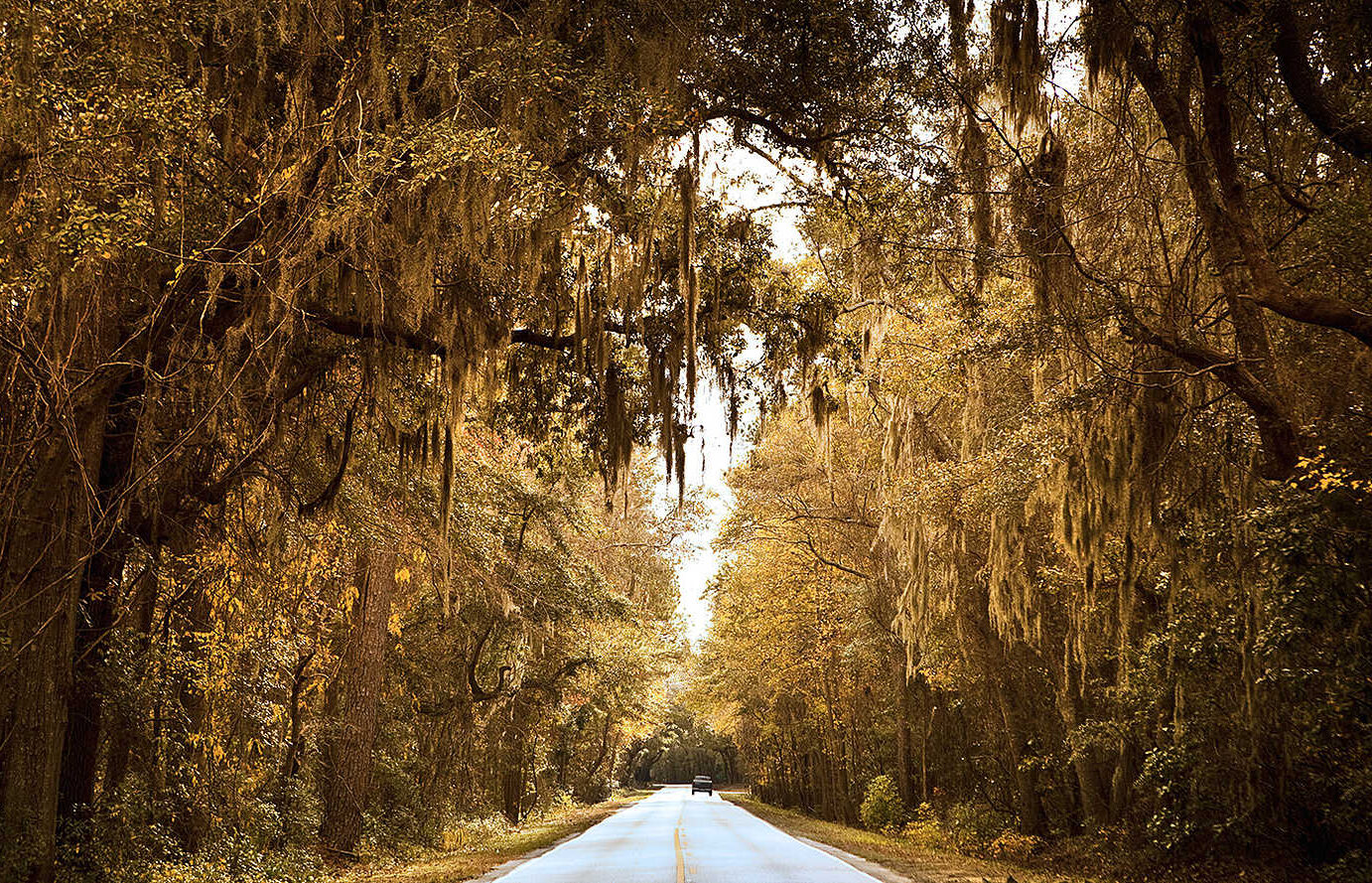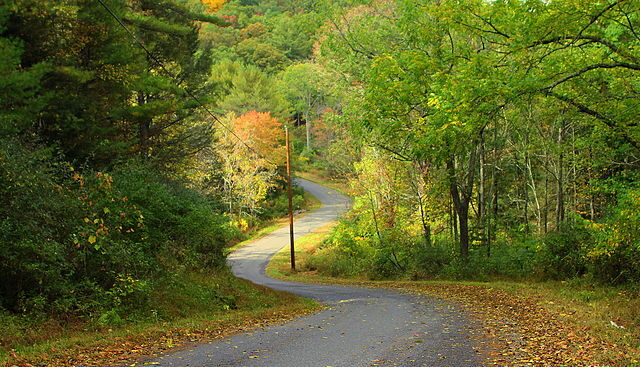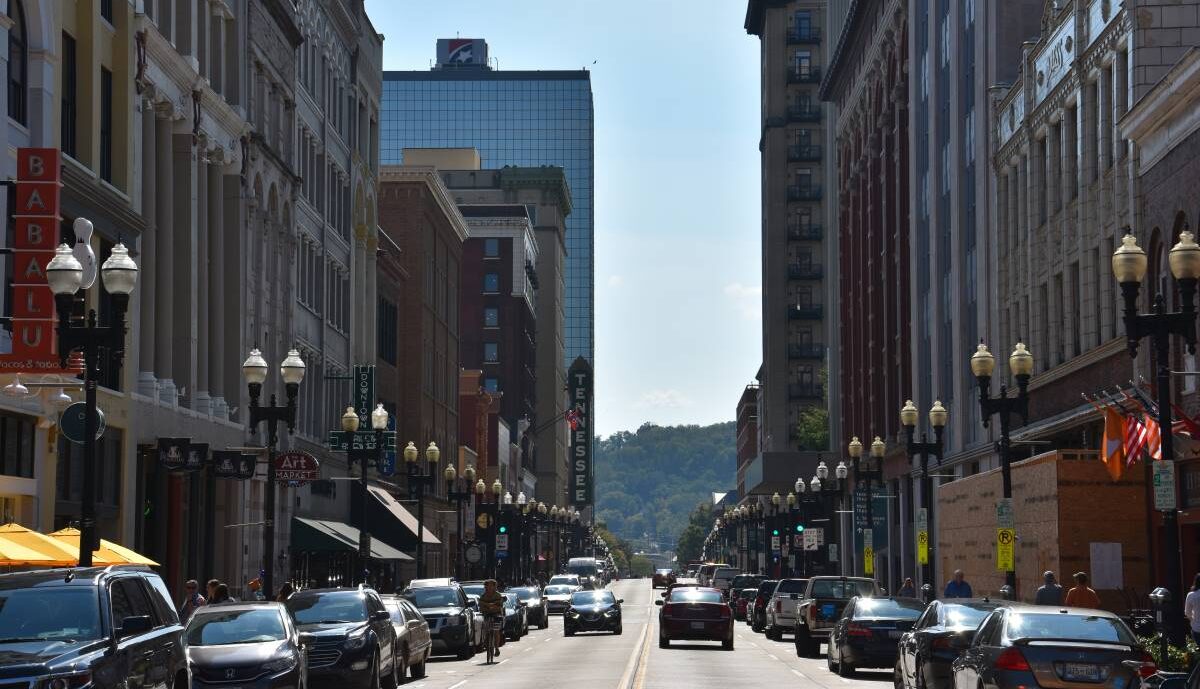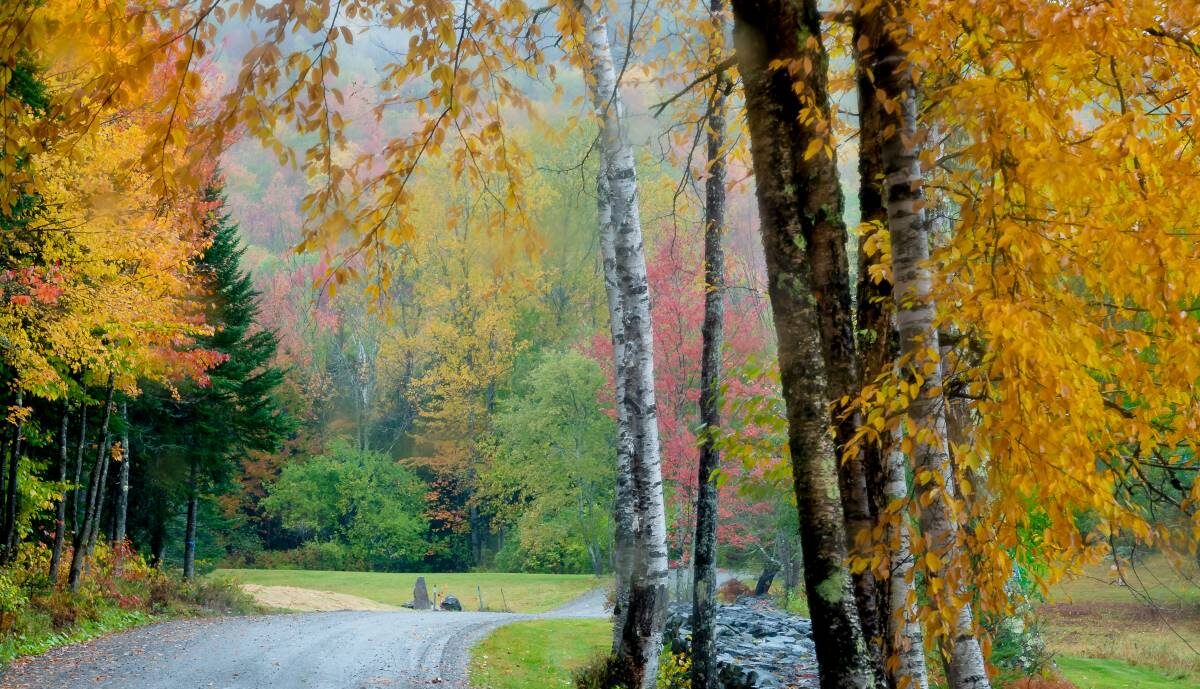In this section:
Native Plants and Trees Are Important Scenic Assets
Trees contribute to the beauty and character of the local landscape, but they deliver benefits beyond scenic beauty, especially when they are native to the area in which they’re planted.
Beautification projects typically include trees, plants, and landscape design elements. The most sustainable, effective, and context-sensitive approach is to use native trees and other native plants.
Benefits of Native Plantings
Native plants are resilient and well-adapted to the local environment. They thrive in the company of other local plants and wildlife. They promote local biodiversity and ensure that the natural environment is resilient and healthy. They exist naturally with minimal care.

Issues with Non-Native Plants
Although many parks, gardens, and green spaces feature imported plants that are chosen for their aesthetic appeal, these non-native plants often represent a liability. They are more susceptible to disease and pests. Tree and plant populations that did not emerge organically within the particular soil, geography, and climate conditions of a place are ill-adapted to survive in these places, and often require resource-intensive human intervention to stay alive. They may also require special care and maintenance or pose a threat to other plants and wildlife.
They can even contribute to greater community problems; the kudzu vine, for example, was originally imported from Asia as an ornamental plant and became an invasive weed that has destroyed local species and covered large tracts of land and structures throughout southern states. Eucalyptus trees were imported from Australia to California to be used as windbreaks along railroad and highways but ultimately proved to be a poor fit for southern California’s climate. The trees are also prone to fall in rain and high winds. In addition, their bark is highly flammable—a serious concern in a state that’s plagued by destructive wildfires.
In contrast, native plants require minimal care, making them cost-effective in landscaping. They also serve as symbols of their region: the palmetto trees of South Carolina, the saguaro cacti of Arizona, and the live oaks found in many southern states, contributing to community character and enhancing the enjoyment of a place for residents and visitors alike.

Benefits of Tree Conservation
Trees contribute to the beauty and character of the local landscape, but they deliver benefits beyond scenic beauty.

Case Study: Knoxville's Tree Mitigation Bank
Knoxville’s program requires developers who are unable to meet requirements for tree planting and tree retention to pay into a fund to support other plantings.

Strategies for Tree Conservation
Learn how to protect trees in your community through education, planning, native plantings, zoning, and other strategies.